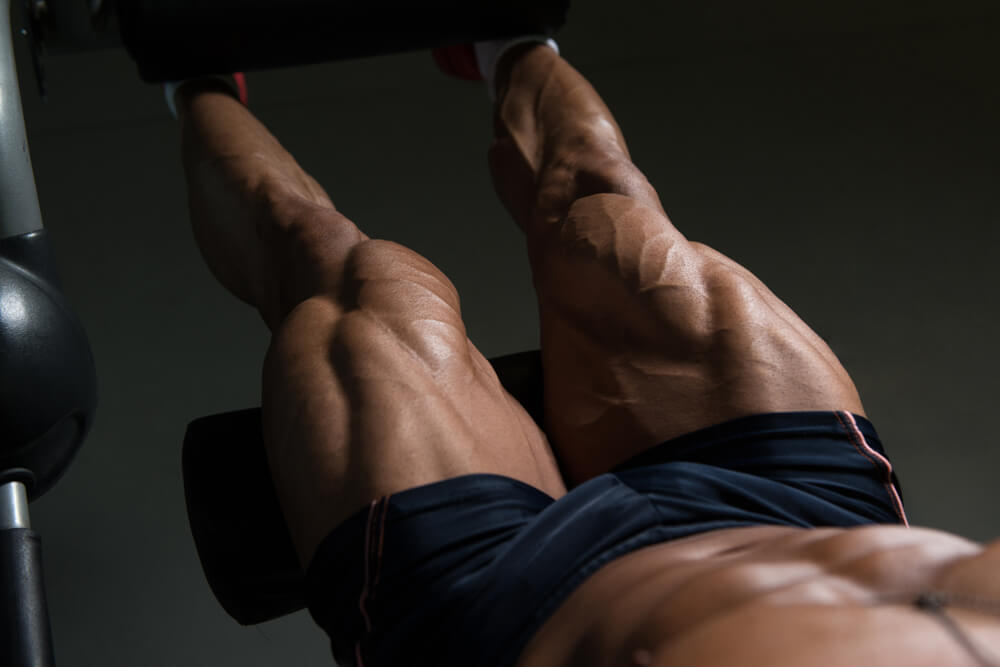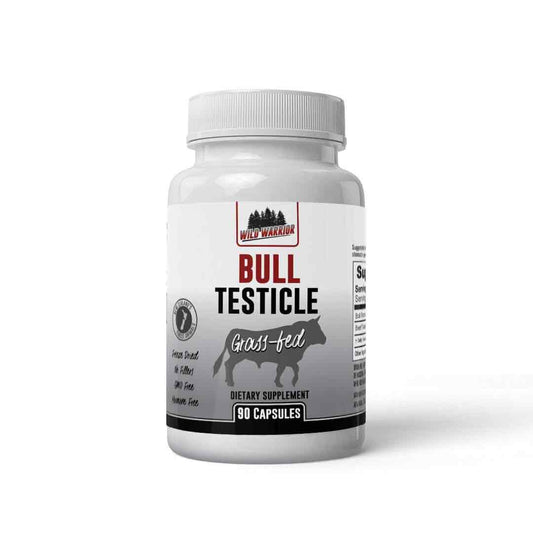The Vastus Medialis Oblique (VMO) is probably the most recognizable muscle on the front of the leg, but is often overlooked in regular leg routines. However, the "tear drop muscle" as it's called, plays a crucial role in knee stability and leg strength. Here's everything you want to know about the VMO and the best exercises to strengthen this important muscle.
Understanding the VMO
The VMO, or Vastus Medialis Oblique, is one of four muscles that make up the quadriceps group in the front of your thigh. It's located in the inner part of your thigh, just above the knee, and is shaped like a tear drop.
The VMO is particularly important for maintaining knee stability, and it plays a vital role in straightening the leg and controlling the movement of the kneecap.

Why Train the VMO?
A strong VMO helps maintain good knee health by reducing the risk of injuries and conditions such as patellofemoral pain syndrome and anterior cruciate ligament (ACL) injuries. Additionally, a well-developed VMO can enhance athletic performance, especially in sports that involve running, jumping, and changing direction quickly.
A big tear drop muscle also give the leg a well developed appearance.
Best Exercises for the VMO
Here are five effective exercises that target the VMO:
-
Step-ups: This exercise not only targets the VMO but also works the other quad muscles, glutes, and hamstrings. Start with a low step and gradually increase its height as your strength improves.
-
Bulgarian Split Squats: This variation of the traditional squat places more emphasis on the quads, including the VMO. Make sure to keep your front knee in line with your toes throughout the exercise.
-
Terminal Knee Extensions (TKE): TKEs are great for isolating the VMO. You'll need a resistance band for this exercise, which involves small, controlled knee extensions.
-
Leg Presses (with feet turned out): Turning your feet out on the leg press machine can help engage the VMO more. Remember to keep the weight manageable and focus on controlled movements.
- Sissy Squats:To do a sissy squat, start by standing with your feet shoulder-width apart and holding onto a stable object like a squat bar. Then, slowly lower yourself down by bending your knees while keeping your heels off the ground. Keep your chest up and core engaged before pushing back up to the starting position.
Sample VMO Workout
Here's a sample workout you can try:
- Sissy Squats: 3 sets of 20 reps
- Step-ups: 3 sets of 10 reps per leg
- Bulgarian Split Squats: 3 sets of 10 reps per leg
- Terminal Knee Extensions: 3 sets of 15 reps per leg
- Leg Presses: 3 sets of 12 reps
Remember to warm up before starting your workout and cool down afterwards. If you're new to these exercises, consider getting guidance from a fitness professional to ensure proper form and prevent injuries.
To conclude, while the inner quad muscle might not be specifically discussed or trained as often as other leg muscles, it's crucial for knee stability and overall leg strength. Incorporating a couple of these VMO exercises into your leg routine will help you build a bigger tear drop muscle and help you reduce the risk of injury and knee pain.





